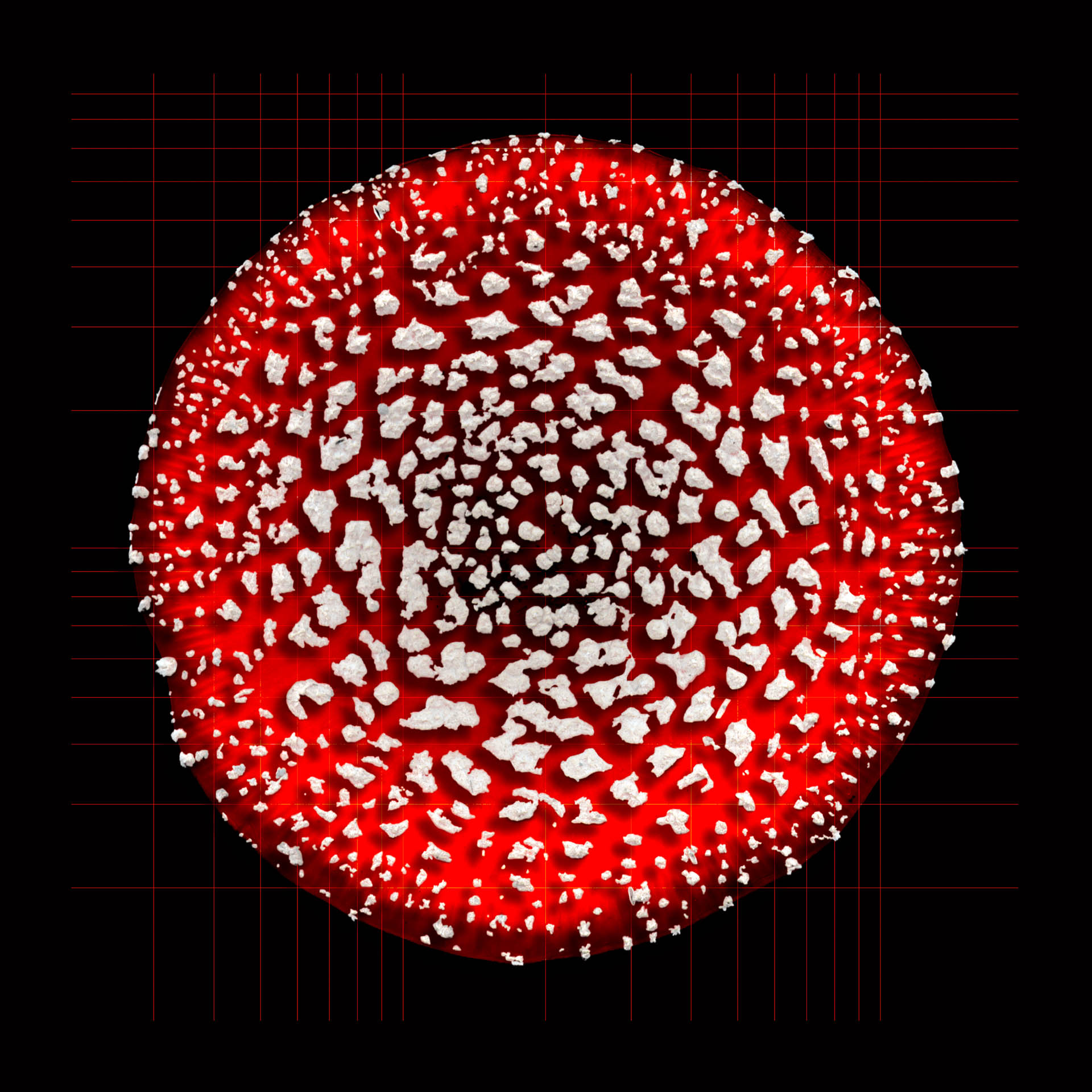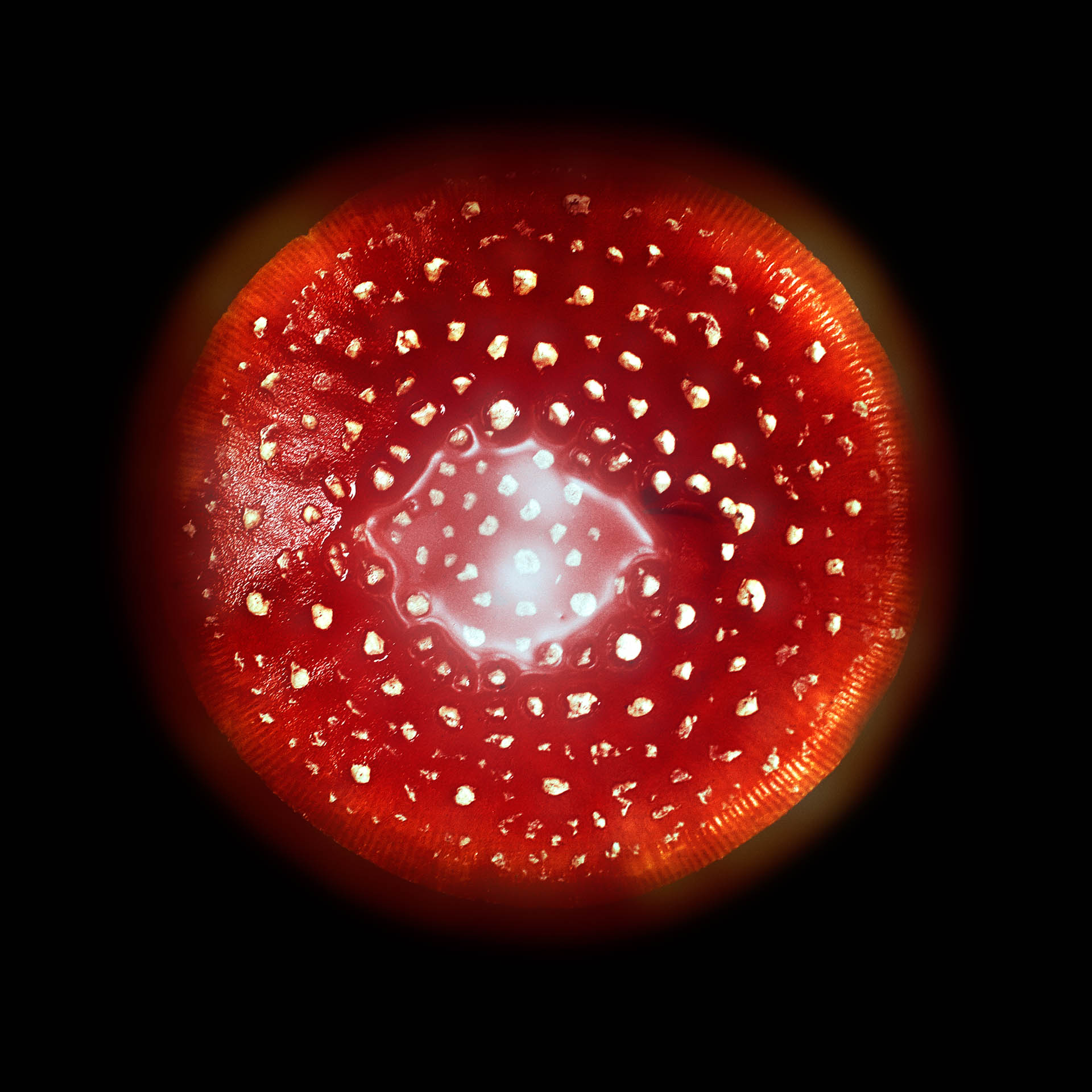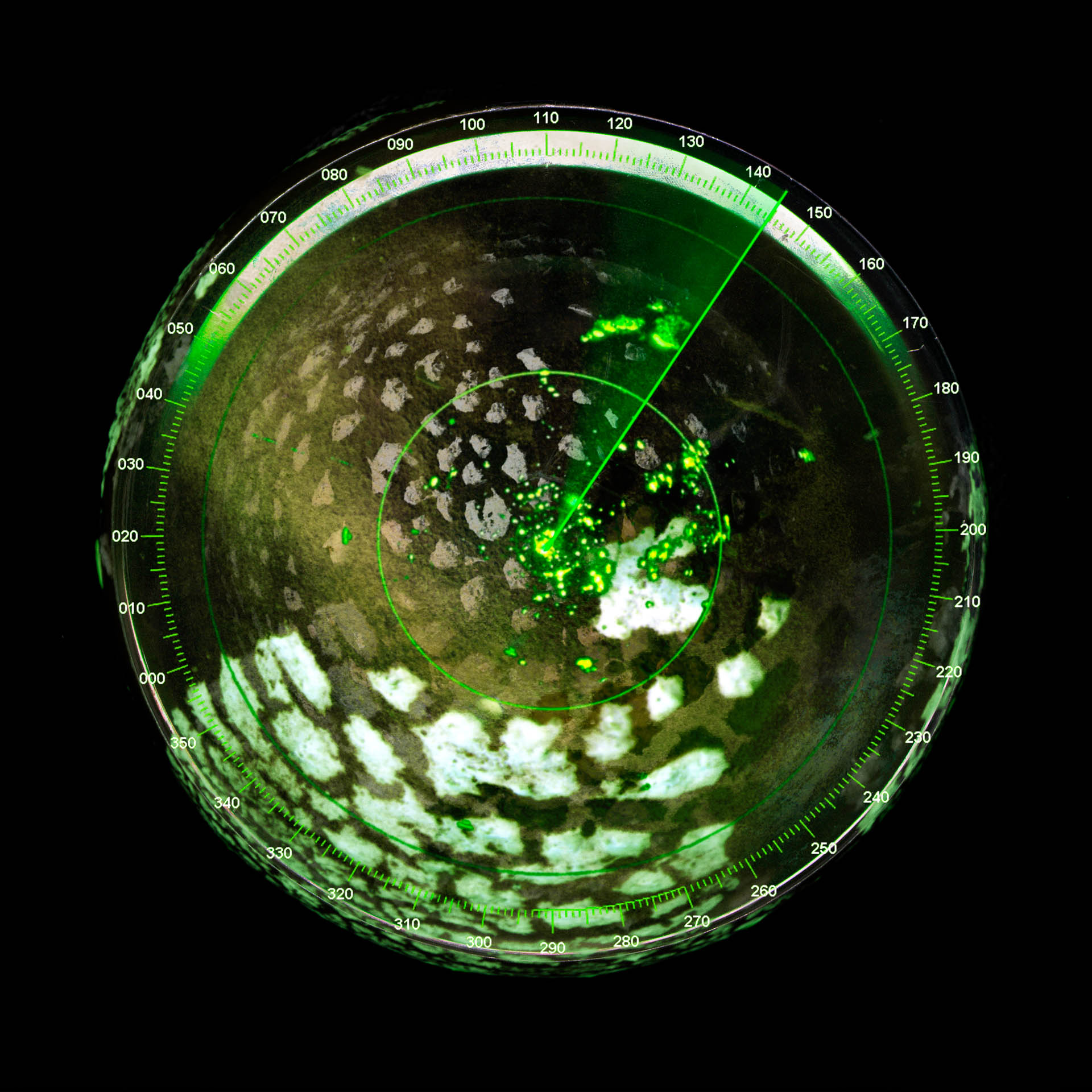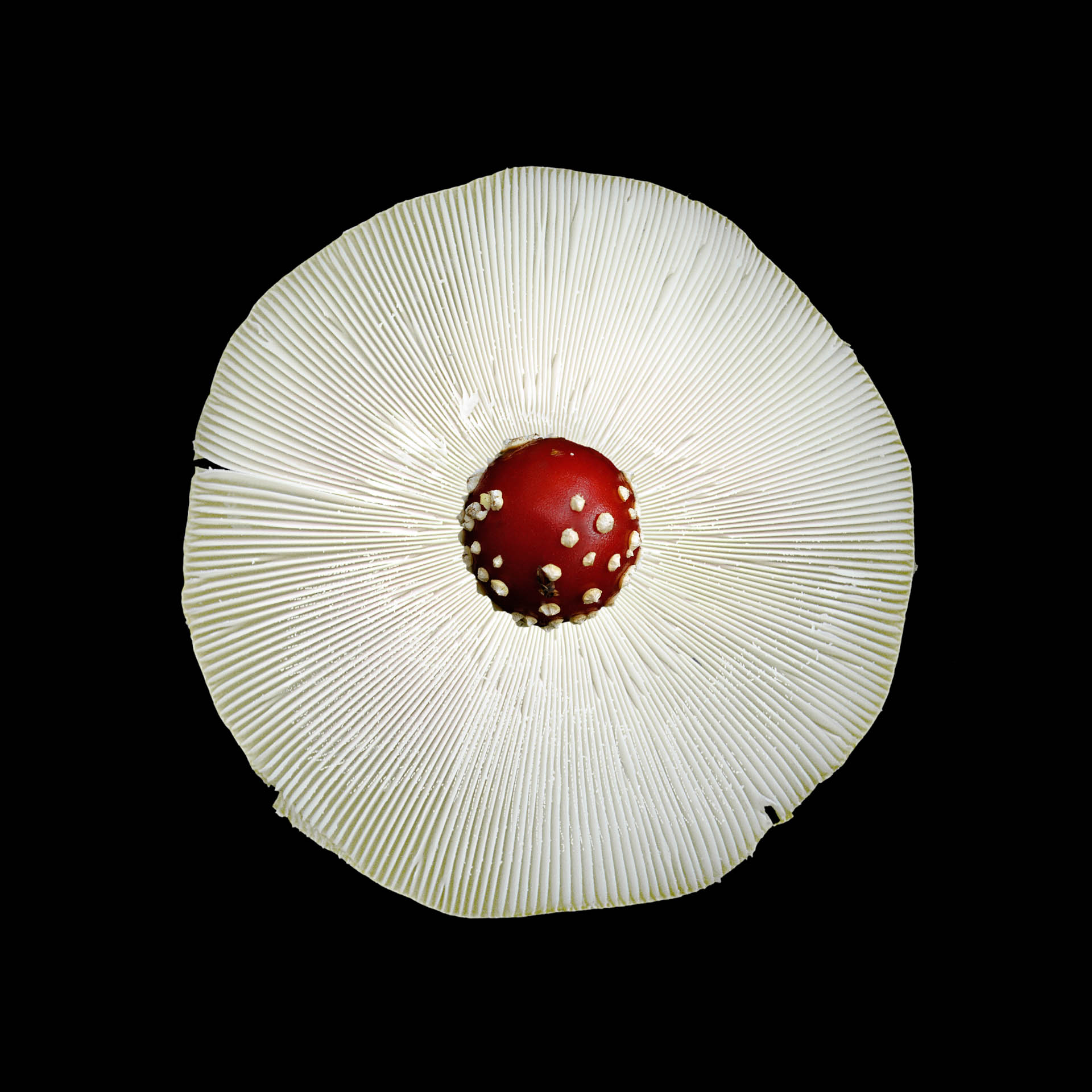
Peeter Laurits
Atlas of Heavens


Peeter Laurits
Atlas of Heavens
The bigger part of a mushroom’s life is hidden from our eyes, it’s underground or inside trees. The cap we see is the mushroom’s fruiting body, which it tips in the air for reproduction. The underground mushroom mycelia are like pipes through which plants trade goods, and like wires through which they communicate. Borrowing from the internet lexicon, this colossal and complex network has been dubbed the Wood Wide Web. In the woods, there are very many mushrooms and plants in overlapping connections with each other, kind of like nerve networks in our head. The connecting points where plant roots and mushroom mycelia have entwined can be compared to the synapses in our nervous system on a metaphorical level. But maybe not only metaphorically. If we stretch our imagination, it’s quite easy to picture the consciousness of the forest. The mushroom’s caps are also supplemental contact areas with other life forms. They’re eaten by animals, birds and insects, and mushrooms influence them with their chemical bodies, the molecules they have synthesized. Humans eat certain mushrooms to change their consciousness. Red toadstool, Amanita muscaria has been used by shamans for tens of millennia. What do mushrooms know about that themselves? There is no place on earth where there are no mushrooms, everything is intertwined with them and in close mutual relationships. That is why the mushroom has become so iconic, reappearing as a motif from the Stone Age cave paintings to shaman drums, to the 19 th century stem stitch embroidery kitchen towels. The mycobiota are like a map of the living world, an atlas of heavens, a microcosmic model of the world.
Peeter Laurits
Peeter Laurits (born in 1962) has studied in Tartu and Leningrad State Universities, Estonian Humanitarian Institute and New York International Centre of Photography. His main means of expression are photography and multimedia. In 1990ies, he was engaged with media critical approach, but soon turned to deep ecology, moved into woods and combined the neolithic methods with post-industrial ones, both in his art and lifestyle. Now the focus of his work is posthumanist ethics. He has enriched the tools for photographic expression and broadened the role of the photograph in the Estonian cultural space. Made one-man shows in London, Berlin, Moscow and Chiang Mai, his work has been bought by museums, public and private collections and his monumental pieces have been assigned to public space. In 2017 he was invited a visiting professor for liberal arts at Tartu University and since 2020 he is curating a series of interdisciplinary art and science forums Biotoopia.
Exhibition Availability
Podlasie Opera and Philharmonic, European Centre for the Arts, Gallery on the mezzanine, Odeska 1 St. exhibition open 26.09-03.11.2024, Tues.-Wed. 8:30 a.m.-4 p.m, Thurs-Sun. 11:30-19:00

